Arkansas
Arkansas’s DeGray Lake preserves memories a French-Caddo friendship that lasted generations
Published
1 minute agoon
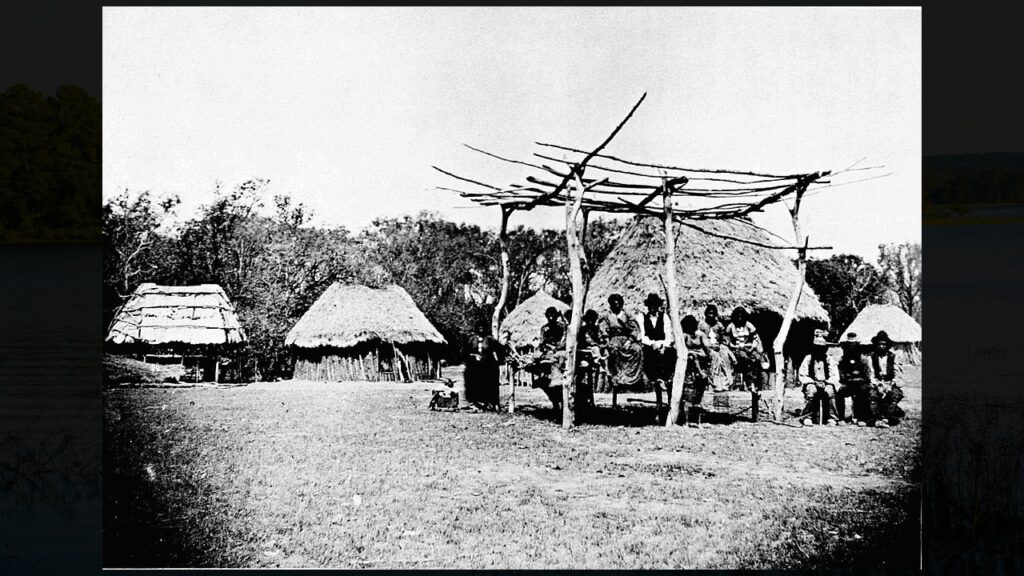
Marquette, Joliet, and La Salle’s Quapaw-Caddo Alliance
In 1673, French explorers Marquette and Joliet reached a Quapaw village near the Arkansas River. The wary tribe soon warmed up, sharing the sacred calumet pipe that sealed their bond.
Nine years later, La Salle claimed the region for France, while his right-hand man Henri de Tonti set up Arkansas Post in 1686—the first European settlement on the Mississippi.
Over time, French traders like DeGraff (whose name lives on at DeGray Lake) settled among the Caddo. They traded goods, fought wars together, and even married into each other’s families.
The story of this century-long friendship awaits at DeGray Lake Resort State Park, where interpretive programs bring this remarkable alliance to life.
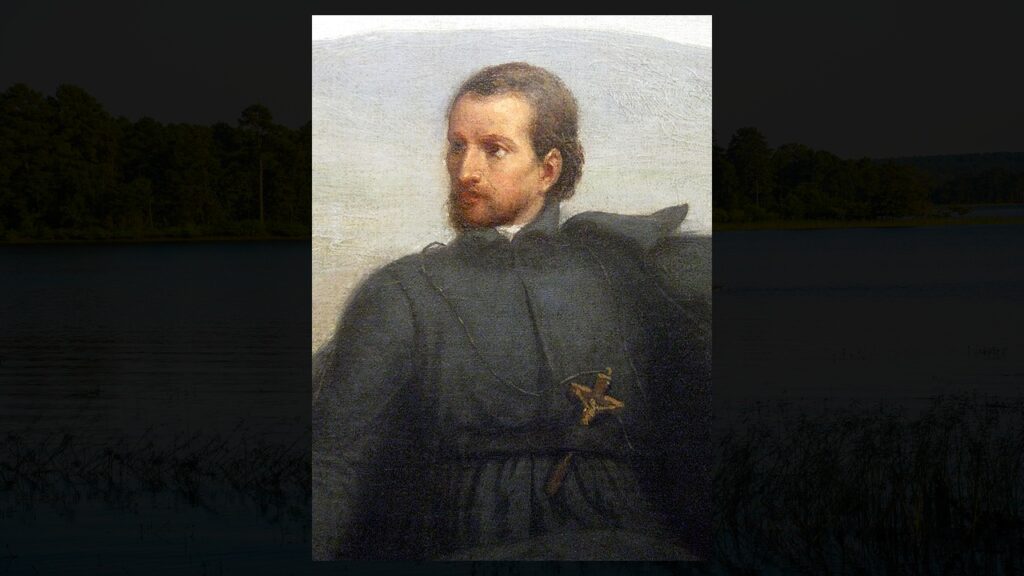
French Explorers Broke a 100-Year European Absence
Jacques Marquette and Louis Joliet paddled into Kappa, a Quapaw village near the Arkansas River, on June 25, 1673.
Locals watched carefully as these strangers became the first Europeans to visit their lands in over a century. At first, the Quapaw kept their distance.
Their worry soon faded as peaceful intentions became clear.
The villagers finally welcomed Marquette and Joliet, starting what would grow into one of the longest Native-European friendships in North American history.
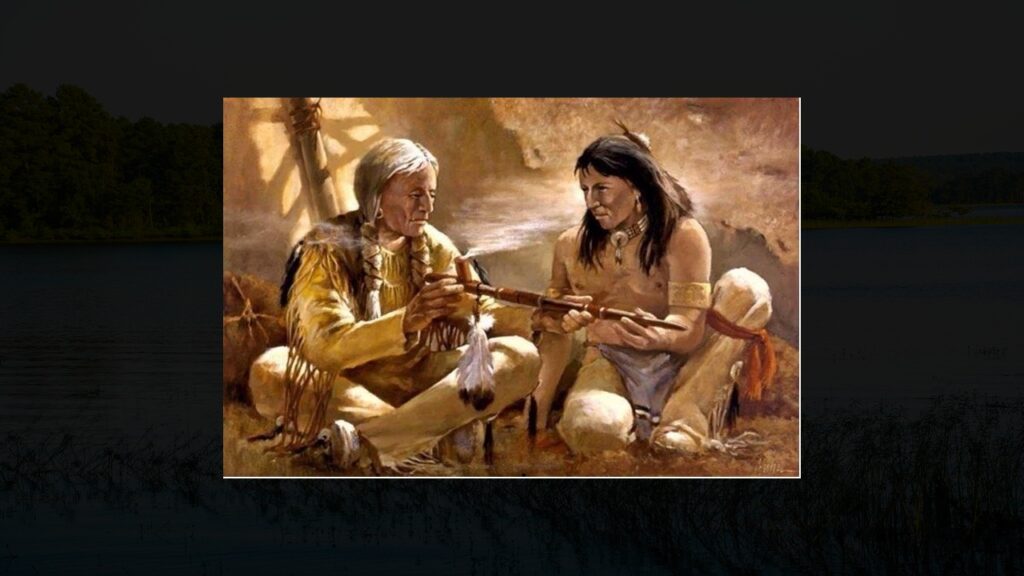
Smoking the Peace Pipe Created Family Bonds
The sacred calumet ceremony sealed the first friendship between the French and Quapaw. Tribal leaders gave Marquette their ceremonial pipe, which he smoked with them in a ritual with deep meaning.
This wasn’t just a friendly gesture but a sacred act that created family ties between everyone involved. People traded gifts while passing and smoking the pipe.
The ceremony created mutual duties that both sides took seriously.
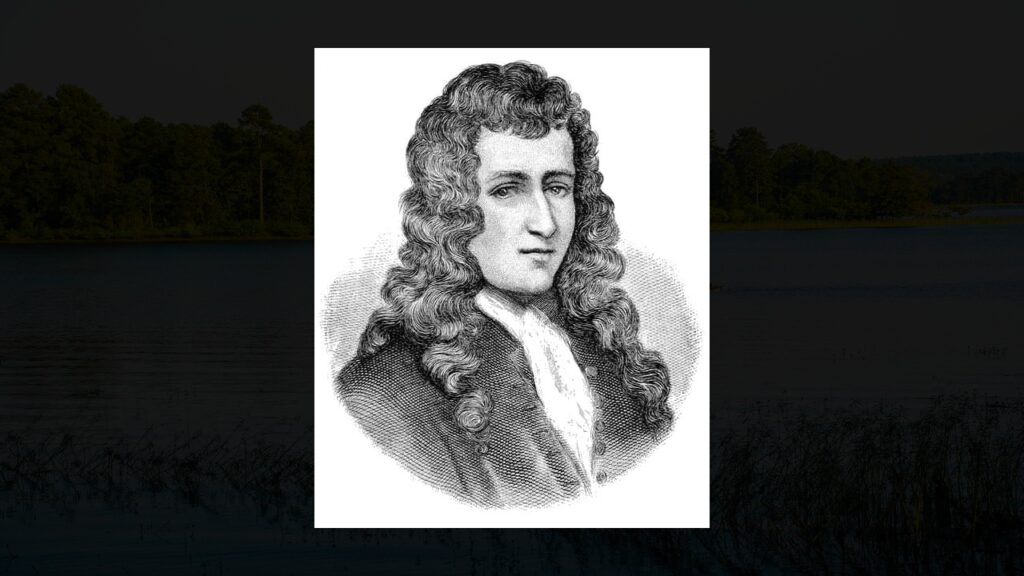
La Salle Planted the French Flag in Quapaw Territory
Robert Cavelier de La Salle reached Kappa village in March 1682 with big plans.
He held a ceremony claiming the entire Mississippi River basin for France, calling it Louisiana after King Louis XIV. The Quapaw watched as La Salle put up a cross and column with the royal arms of France.
This bold move happened right in their village, yet the Quapaw stayed friendly.
La Salle gave land near Osotouy, another Quapaw settlement, to his helper Henri de Tonti for trading.
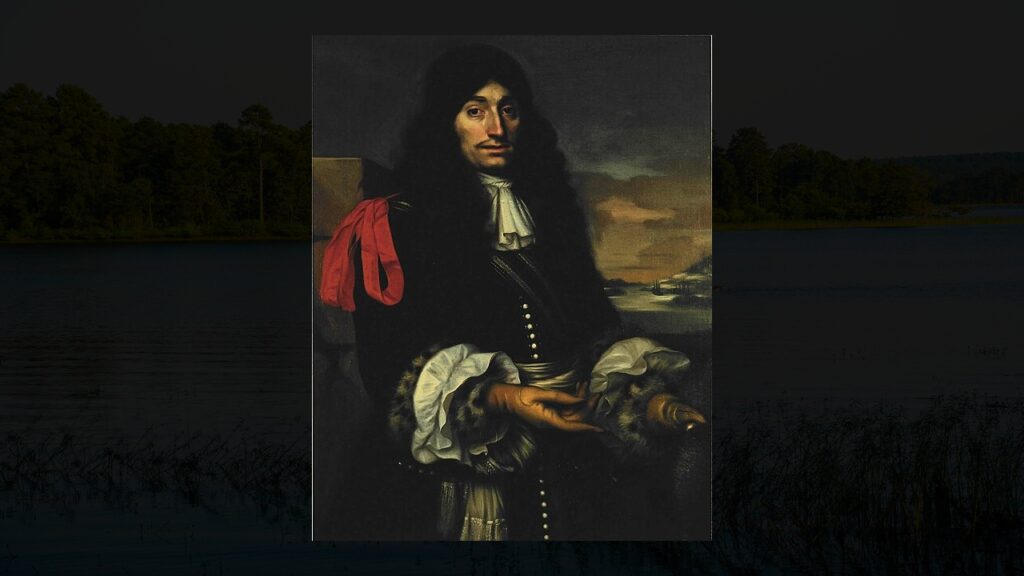
Arkansas Post Became the First Mississippi River Settlement
Henri de Tonti started Arkansas Post in 1686, creating the first lasting European settlement on the entire Mississippi River.
He sent Jean Couture, Jacques Cardinal, and four other Frenchmen to build a trading post near the Quapaw village of Osotouy. The French traders worked out a deal with the Quapaw to trade European goods for beaver furs.
Both groups gained from this setup.
The post served as a key supply point for the French, while giving the Quapaw access to metal tools and weapons.
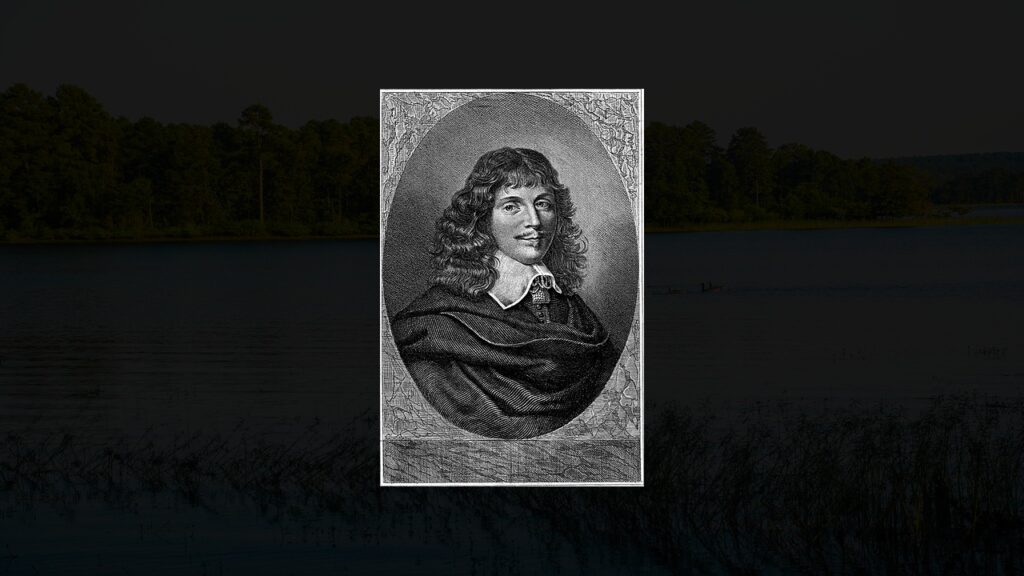
Mixed Families Strengthened Cultural Ties
French traders and Quapaw women formed lasting bonds through marriage. These unions went beyond love, creating important social and political links between communities.
Children from these marriages grew up with ties to both worlds, often helping bridge cultural gaps. Chief Sarasin showed this blending of cultures.
Born to French fur trader François Sarazin and his Quapaw wife, he later became an important tribal leader.
Similar family ties formed throughout Caddo lands, including along the Caddo River where French trader DeGraff settled.
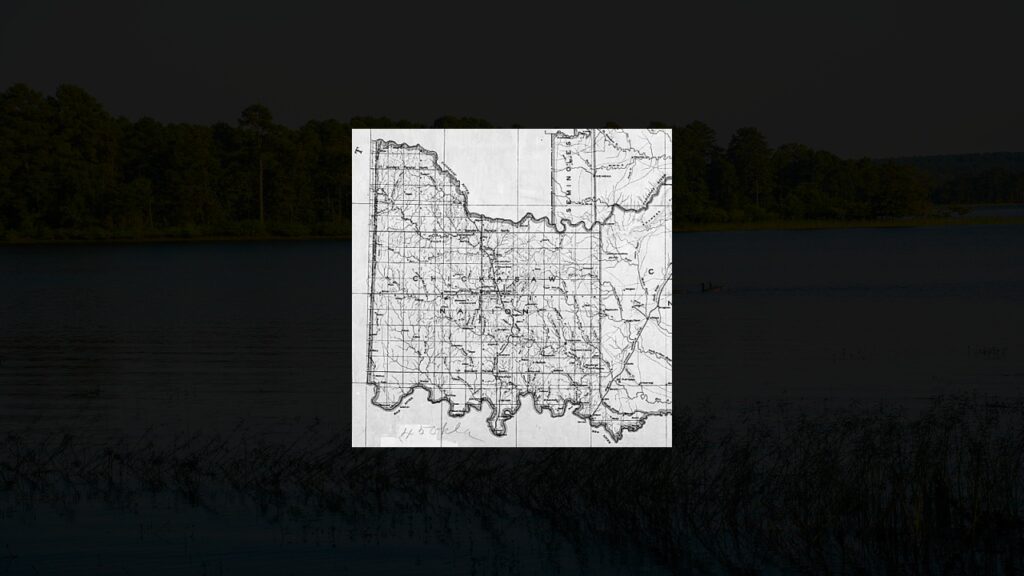
Battle Allies Stood Together Against Enemies
The Quapaw proved loyal fighting partners to the French throughout their friendship.
They fought alongside French forces against shared enemies, mainly helping defend the Mississippi River against the pro-British Chickasaw tribes.
This military teamwork protected French trade routes while also supporting Quapaw land interests. The alliance faced its biggest tests during fights with other Native groups and European powers.
Through these challenges, the Quapaw stayed firm French supporters, even when other tribes switched sides as colonial powers changed.
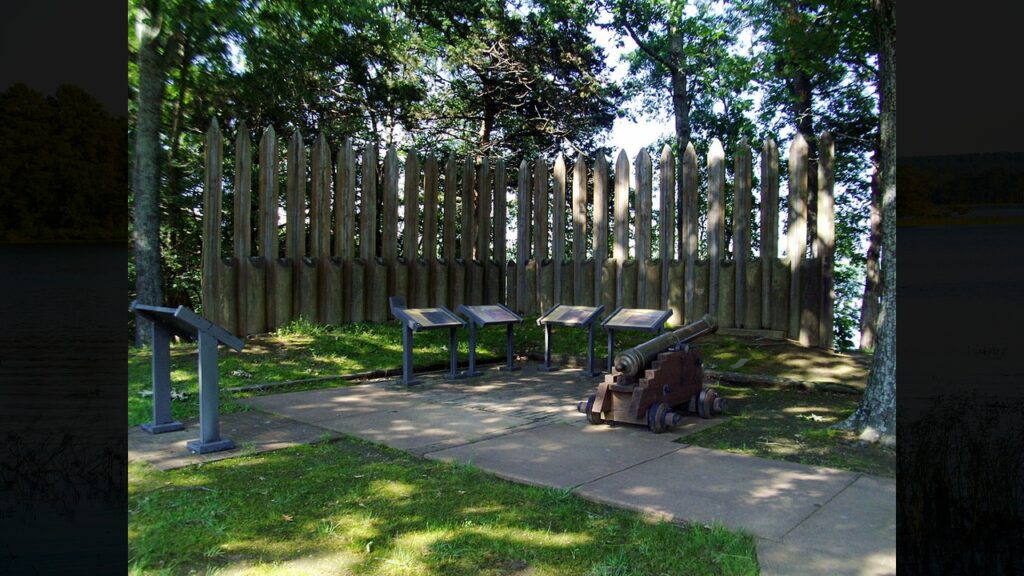
Tonti Rescued Survivors from La Salle’s Failed Colony
La Salle met a sad end after starting a doomed colony in Texas in 1685.
When news reached Henri de Tonti at Arkansas Post, he launched a rescue mission in 1689, traveling hundreds of miles through dangerous territory to find survivors.
The Quapaw provided guides, supplies, and warriors for this risky journey.
Though Tonti couldn’t find La Salle, who had been killed by his own men, he managed to rescue several colonists. The Quapaw welcomed these refugees, giving them shelter at Arkansas Post.
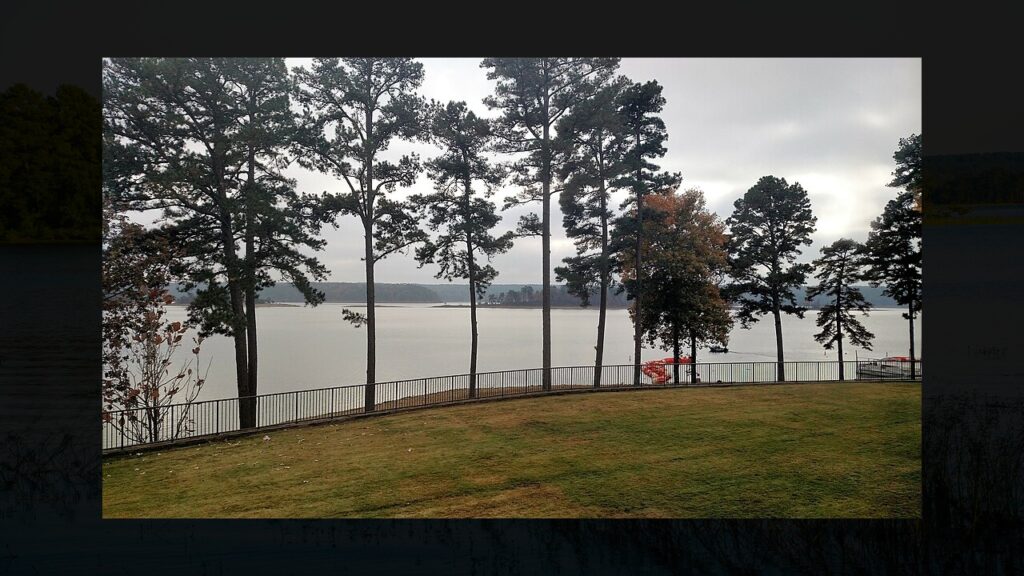
Trade Networks Spread Throughout Caddo Lands
French traders went far beyond Arkansas Post, building relationships with various Caddo communities. DeGraff settled along the Caddo River, creating a trading hub that connected French goods with Native networks.
Similar trading spots appeared throughout the region as French-Caddo business grew. Traders swapped metal tools, guns, cloth, and beads for furs, horses, and food.
These business ties created economic connections that strengthened political friendships. The French got valuable resources while Caddo groups obtained European goods.
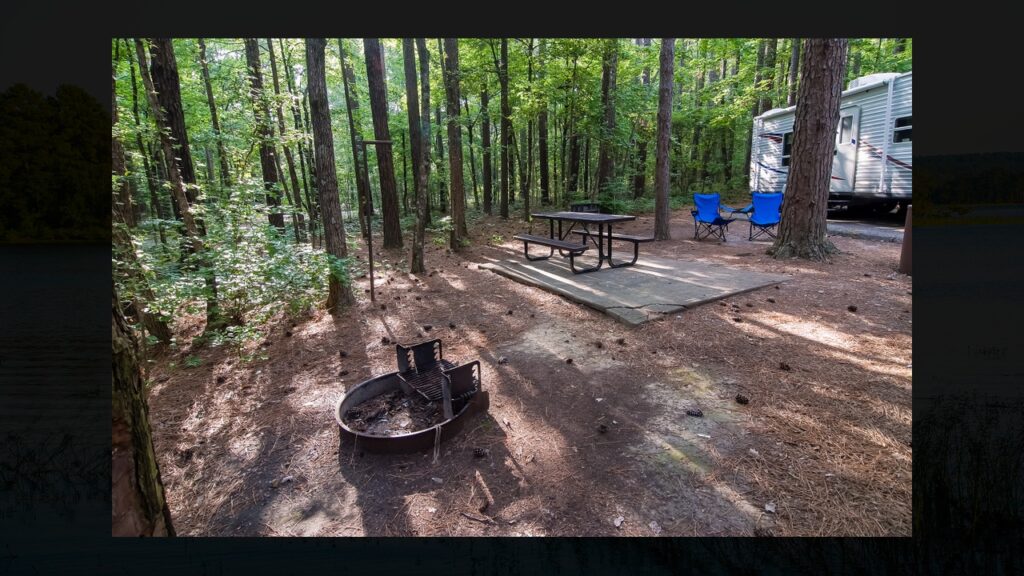
Spanish Takeover Didn’t Break the Alliance
France gave Louisiana to Spain in 1762, possibly threatening the French-Quapaw relationship. Yet the friendship lasted despite this colonial power shift.
Spanish officials saw the value of Quapaw friendship and mostly continued French policies. Many French traders stayed in Quapaw territory, keeping their personal and business connections.
The Quapaw adapted to the new political situation while keeping their special relationship with French residents.
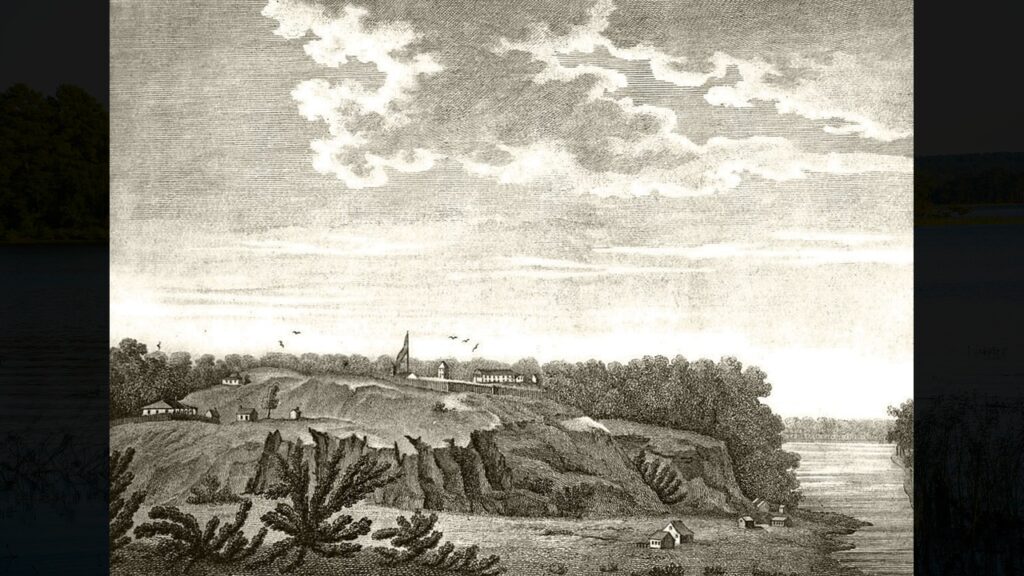
Natchez Uprising Proved Quapaw Loyalty
The deadly Natchez Uprising of 1729 tested the French-Caddo alliance.
When the Natchez attacked Fort Rosalie, killing hundreds of French colonists, the Quapaw quickly came to help. They sent warriors to fight with French forces against the Natchez.
This military support proved key in beating the uprising. The French never forgot this loyalty during their time of greatest need.
Their thanks turned into better treatment for Quapaw trading partners and political respect that lasted for generations.
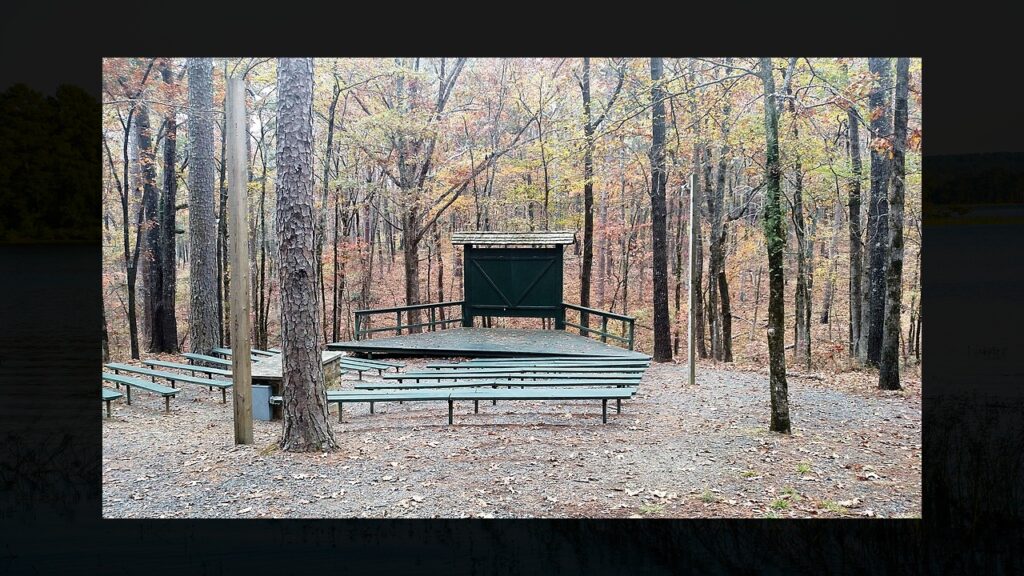
Century-Long Partnership Left Lasting Marks
The French-Caddo alliance endured for over 100 years, leaving permanent imprints on the landscape and culture of the region.
Place names like DeGray Lake preserve the memory of French traders who made their homes among Native communities.
The descendants of mixed marriages created unique cultural traditions that blended European and Native American elements.
When the United States acquired the territory through the Louisiana Purchase in 1803, they encountered Native communities with long histories of diplomatic sophistication and European interaction.
The legacy of this remarkable partnership continues to shape Arkansas and Louisiana to this day.
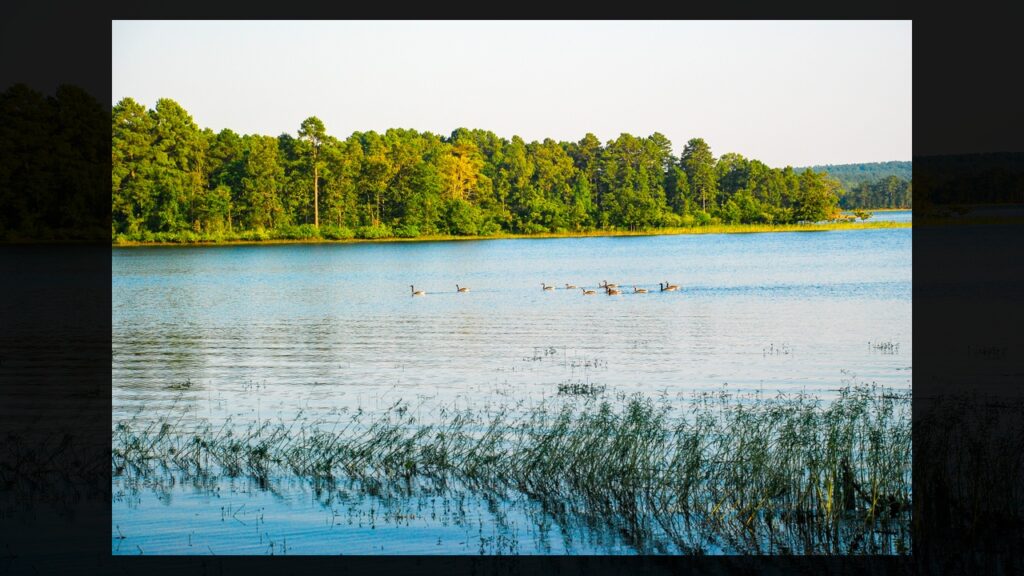
Visiting DeGray Lake Resort State Park, Arkansas
DeGray Lake Resort State Park at 2027 State Park Entrance Road in Bismarck honors the French-Caddo alliance through its namesake lake, named after French trader DeGraff who settled among Caddo communities here.
Park entrance is free, though lodge stays and golf cost extra. You can take guided lake cruises, kayak tours, and trail hikes.
The annual Eagles Et Cetera weekend happens each January. Call 501-865-5850 for reservations.
This article was created with AI assistance and human editing.
Read more from this brand:
John Ghost is a professional writer and SEO director. He graduated from Arizona State University with a BA in English (Writing, Rhetorics, and Literacies). As he prepares for graduate school to become an English professor, he writes weird fiction, plays his guitars, and enjoys spending time with his wife and daughters. He lives in the Valley of the Sun. Learn more about John on Muck Rack.


Arkansas’s DeGray Lake preserves memories a French-Caddo friendship that lasted generations

This Alaska fort imported Italian craftsmen to build America’s northernmost military palace

The Confederate high society once danced toward disaster at this Alabama house

Here Are 12 Things People from West Virginia Do That Seem Insane To Everyone Else

Here Are 12 Things People from Washington Do That Seem Insane To Everyone Else

12 Reasons Why You Should Never Ever Move to Florida

Best national parks for a quiet September visit

In 1907, Congress forced Roosevelt to put God back on U.S. coins. Here’s why.

The radioactive secret White Sands kept from New Mexicans for 30 years

America’s most famous railroad photo erased 12,000 Chinese workers from history
Trending Posts

 Pennsylvania3 days ago
Pennsylvania3 days agoHere Are 12 Things People from Pennsylvania Do That Seem Insane To Everyone Else

 North Carolina4 days ago
North Carolina4 days agoHere Are 12 Things People from North Carolina Do That Seem Insane To Everyone Else

 Nebraska6 days ago
Nebraska6 days agoHere Are 12 Things People from Nebraska Do That Seem Insane To Everyone Else
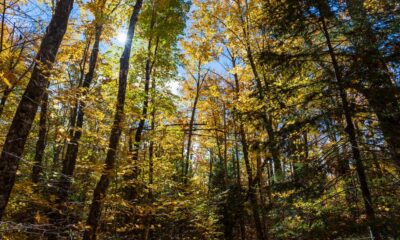
 Maine5 days ago
Maine5 days agoThe ruins of a town that time forgot are resting in this Maine state park

 New York4 days ago
New York4 days agoHere Are 12 Things People from New York Do That Seem Insane To Everyone Else
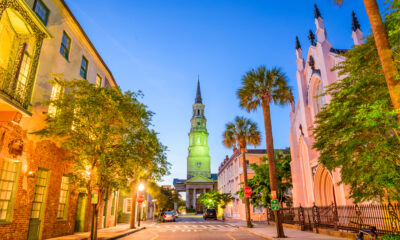
 South Carolina2 days ago
South Carolina2 days agoHere Are 12 Things People from South Carolina Do That Seem Insane To Everyone Else

 Ohio4 days ago
Ohio4 days agoHere Are 12 Things People from Ohio Do That Seem Insane To Everyone Else
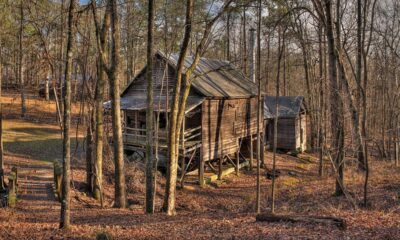
 Georgia5 days ago
Georgia5 days agoThis plantation’s slave quarters tell Georgia’s slowest freedom story
